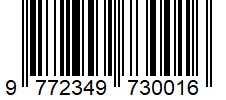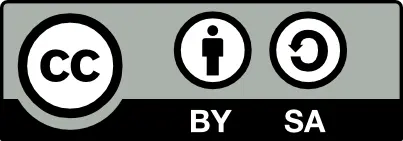Monitoring and Alerting Best Practices with Google Cloud Operations Suite
Authors: Sai Kishore Chintakindhi
DOI: https://doi.org/10.37082/IJIRMPS.v13.i1.232511
Short DOI: https://doi.org/g9mvps
Country: USA
Full-text Research PDF File:
View |
Download
Abstract: The problem of weak monitoring and alerting in Google Cloud Operations Suite is what this dissertation tackles head-on. This weakness? It can bring system downtimes and really hurt performance, especially in healthcare—a sector where keeping things running smoothly is absolutely vital. Using both qualitative methods (digging into user case studies) and quantitative ones (measuring performance across different cloud setups), plus insights from expert interviews, this research seeks out the best ways to boost monitoring and build solid alerting systems. As it turns out, putting in place a well-organized monitoring setup—one that's built for the unique needs of healthcare apps—can seriously cut down the time it takes to respond to incidents and make the whole operation more resilient. What’s more, this research shows that monitoring proactively does more than just lower the risks of system crashes. It also helps meet regulatory demands, ensuring compliance and building confidence in digital health tools. Now, the impact of these insights isn't just about making things run better right away. It's also about adding to the larger conversation around how to weave dependable cloud infrastructure into healthcare. This, in the end, supports improved patient results and encourages the use of cutting-edge tech in medical practice. By laying out understandable advice and strategies for monitoring and alerting effectively, this study becomes a useful tool for IT folks and healthcare managers who are trying to fine-tune their cloud operations and ramp up system reliability in a field where time is always of the essence.
Keywords:
Paper Id: 232511
Published On: 2025-01-04
Published In: Volume 13, Issue 1, January-February 2025





 All research papers published in this journal/on this website are openly accessible and licensed under
All research papers published in this journal/on this website are openly accessible and licensed under 